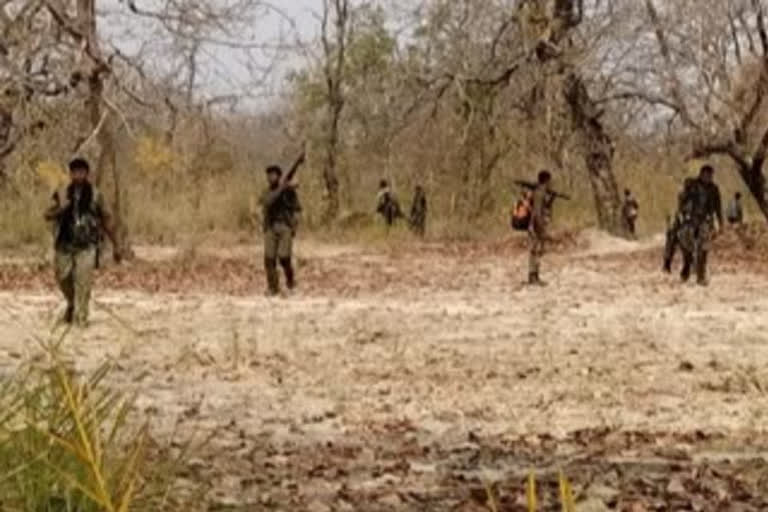New Delhi: Even though the Chhattisgarh government and security forces claimed that there was no intelligence failure in the Bijapur massacre of 22 security force personnel, the gruesome incident has raised pertinent questions over security and strategy in government's fight against Naxals.
Security experts critique the approach of the government in handling left-wing extremists issue. As many as 2000 security force personnel went deep inside the Tekulguda and Tarren jungles to trace Naxals where they were ambushed from three sides by the Naxals on Saturday.
"Director-General Central Reserve Police Force (DG CRPF) claimed that there was no intelligence failure and they had Intel of the subject. Here the point is if they were aware of the subject, how were they (security personnel) ambushed? How is it possible that they could be surrounded from three sides? There is no satisfactory answers to some questions," said former director-general of Border Security Force (BSF) Prakash Singh to ETV Bharat.
Also read: Interlinking of rivers can give new dimension to country's growth
As per reports, troops of CRPF and state security forces ventured deep inside the jungle of Bijapur after receiving information that a large number of Maoists had met in a particular place. The area where the incident took place was a stronghold of dreaded Maoist commander Madvi Hidma.
Intelligence agencies suggest that the attack on the security forces was carried out as per the direction of Madvi Hidma alias Hidmanna. Hidma reportedly lead Peoples Liberation Guerrila (PLG) battalion number one and operate areas of Sukma, Bastar and other places. Rs 40 lakhs was declared as reward for his head.
Hidma is believed to be the mastermind of several major attacks in the recent past including the March 2020 Maoists ambush in Minpa in Sukma district where 17 security personnel were killed.
"PLG members move and campaign in the area. If there were proper intelligence inputs, how would the naxalites occupy high ground?" said Singh.
Also read: Amit Shah speaks to Chhattisgarh CM over Bijapur encounter
He said that operational strategy needs to be chalked out. "Merely getting high number of security force personnel is not enough. Numbers must be added with proper guidance and inputs," added Singh. It seems that there was no central command over the movement of the forces, said Singh.
"20-22 people were separated from the main forces and killed. There were technical lapses in the execution of the operation. There was certainly planning failure," said Singh.
When asked what could be the possible options to avert such incidents in near future, Singh said that there must be determination and political will to solve the issue at the state level.
"What I feel is that at the state level there is no seriousness on how to contain the problem. Even there is no determination and political will to solve the problem given the fact that states get central grants to fight the problem," said Singh.
The central government keeps providing special funds to the Maoists affected states from time to time under three different categories including security-related expenditure (SRE), special infrastructure scheme (SIS) and special central assistance (SCA).
Statistics from the Home Ministry said that a sum of Rs 266.95 crore was released under SRE during 2020-21 to 11 naxal affected states including Andhra Pradesh, Bihar, Chhattisgarh, Jharkhand, Kerala, Madhya Pradesh, Maharastra, Odisha, Telangana, Uttar Pradesh and West Bengal.
Similarly, 393.00 crore was released to seven states including Andhra Pradesh, Bihar, Chhattisgarh, Jharkhand, Maharastra, Odisha, Telangana under SCA during financial year 2020-21. Under special infrastructure scheme Rs 102.67 crore was released to all 11 states excluding West Bengal.
Saturday massacre is no doubt a setback for the government following the fact that the incidents of left-wing extremists related violence have reduced by 70 per cent from all-time high of 2258 in 2009 to 665 in 2020. Home Ministry statistics said that the deaths of security force personnel and civilians have also reduced by 82 per cent from 1005 in 2010 to 183 in 2020.
Home Ministry statistics further said that the districts reporting naxal violence have also been reduced from 76 (2013) to 53 in 2020.
Also read: Rescue teams searching for missing security personnel, says Chhattisgarh CM



